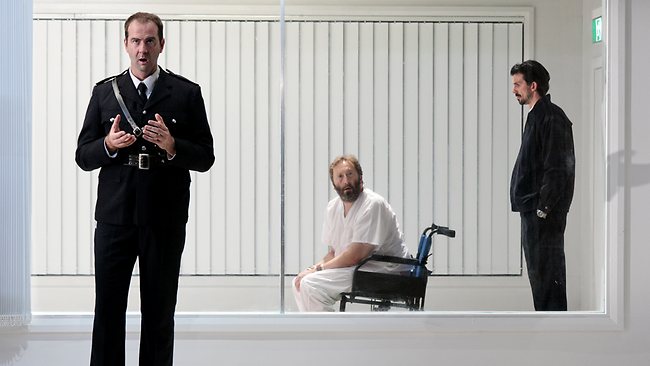CD Review: Baroque Divas

From a seemingly inexhaustible repository of Baroque arias comes a collection from Decca, entitled Baroque Divas. The recording celebrates the beauty (or perhaps the beast) that is the Baroque aria along with its unique style of singing, instrumental playing and the 21st century musicians who are keeping its practices alive. Although the arias were all written for the superstar castrati of the time, Decca has chosen four formidable contemporary divas – Italian contralto Sonia Prina and mezzo -sopranos Vivica Genaux (Alaskan-American), Mary-Ellen Nessi (Greek-Canadian) and Romina Bassi (Italian) – to perform on this disc, accompanied by the exciting ensemble Armonia Atenea , playing on period instruments, directed by the gifted Greek conductor George Petrou.
Taken from the innumerable Baroque operas, which have for various reasons lapsed into oblivion, the thirteen arias and a recitative are by composers familiar and not so familiar – Vivaldi and Gluck, the brilliant Hasse – whose music deserves a far wider hearing than it presently enjoys – Veracini, Caldara, Vinci, Sarro, Porta, Sellitto and Bononcini. The timeline of the composer is bracketed by Bononcini, the earliest born of the group (1670) and Gluck who died last (1787). Like the composers, the singers for whom these arias were written included celebrities like Farinelli, Cafarelli, and the female luminary of the time, Faustina Bordoni (who was married to Hasse), alongside the lesser known Nicolo Grimaldi (who created the title role of Handel’s Rinaldo), Minelli and Ossi.
The anthology opens with a dazzling display by Vivica Genaux singing Veracini’s Amor, dover, rispetto from Adriano in Siria, a diabolically difficult aria described as “the epitome of Farinellian virtuosity.” Sonia Prina, the contralto in the group sings the only recitative on the disc, leading into the aria Pallido il sole from Artaserse by Hasse, constructed from elegant melodic lines punctuated by bursts of virtuosity. She may be of special interest to Sydney listeners who would have seen her on stage in the title role in Opera Australia’s production of Orlando in 2008.
No collection would be complete without a ‘rage’ aria. Gluck’s Jupiter, lance ta foudre meets the brief complete with an incensed performance from Mary-Ellen Nesi and braying trumpets with orchestra. Nesi whose voice is perhaps the brightest in tone, also sings Porta’s Ti parli nel seno, revised by Sellitto with a plaintive solo oboe in dialogue with the singer. Romina Basso’s burnished tone and agility are amply demonstrated in Sarro’s Al torrente che ruina from Siro re di Persi.
The arias of Giovanni Battista Bononcini are little known apart from his beautifully lyrical Per la Gloria. The inclusion of his rather more fiery Spera che questo cor is a welcome illustration of his versatility.
The selections on this recording point to two different singing styles within the broader genre of Baroque arias – the stile antico, which singers characterised by ‘the beauty of their sound, the nobility of their phrasing, (and ) their sparing use of improvised variations.’ The stile antico was said to unite the text, the music and the vocal style of the performer. In contrast was the stile patetico in which the voice took precedence.
The Athens based Armonia Atenea is Greece’s only professional orchestra. Along with director George Petrou, it has toured Europe, performing in venues which include the Händelfestspiele Halle, the Opera Royal in Versailles, the Theatre Champs Elysees in Paris, the Tchaikowsky Hall in Moscow, London’s Wigmore Hall and the Royal Albert Hall for the BBC Proms. In May 2016 they will perform their debut at the Salzburger Festspiele.
The CD booklet ( with an inexplicable cover), provides musicological insights translated from Italian and complete texts in 4 languages, but no biographical notes, although there are portraits of the performers. The recording was made in Athens in June 2012 and January 2013.
Baroque Divas contains ravishing performances of a delightful selection of music performed in style. Varied instrumentation and a spectrum of moods sustain the interest.
Tremendous entertainment for lovers of Baroque vocal music.
Shamistha de Soysa for SoundsLikeSydney©






